The Basics of Grid Systems in Logo Design

Source: Paul Wilson, Hill Architecture, Behance, https://www.behance.net/gallery/146677423/Hill-Architecture
Grid systems are fundamental tools in the realm of logo design, providing a structured framework that enhances both the aesthetics and functionality of a logo. These systems comprise a network of lines that help designers align elements precisely, ensuring the logo is balanced and cohesive. By using grid systems, designers can create logos that are not only visually appealing but also versatile and scalable across various applications.
The effectiveness of grid systems in logo design is rooted in their ability to offer a clear structure while allowing for creative freedom. This balance is crucial in crafting logos that are memorable and reflective of a brand’s identity. Whether designing for a small startup or a large corporation, the application of a grid system can significantly impact the final outcome. In this article, we explore the essential aspects of grid systems and how they serve as the backbone of successful logo design, ensuring logos are both beautiful and functional.
Understanding Grid Systems
Grid systems are instrumental in logo design, serving as the architectural framework that underpins the visual elements of a logo. These systems consist of intersecting lines, which can be vertical, horizontal, or angled, that designers use to place and align elements within the design space. The primary purpose of using a grid in logo design is to ensure that all components are proportionally spaced and aligned, which enhances the logo's aesthetic harmony and coherence.
Grids aid in achieving balance and consistency, essential traits that make a logo effective and recognizable. They help maintain visual relationships between different elements, such as icons, text, and images, making the logo not only more appealing but also more functional across various sizes and mediums. The strategic use of grid systems allows designers to create complex logos that are visually coherent and easy to adapt, ensuring the logo remains effective whether displayed on a large billboard or a small business card.
Types of Grids Used in Logo Design
In the practice of logo design, various types of grid systems are employed, each serving a specific purpose. The most common include the simple grid, modular grid, and the golden ratio grid. Simple grids are typically composed of uniform square or rectangular divisions, providing a basic structure for aligning elements straightforwardly.
Modular grids offer more flexibility, consisting of multiple units that can be combined or adjusted to fit the design's needs, ideal for logos that include several graphical elements. The golden ratio grid is based on the mathematical ratio known to be aesthetically pleasing; it is used in more sophisticated logo designs to evoke a sense of natural balance and beauty.
By selecting the appropriate grid system, designers can tailor their approach to meet the specific demands of the project, ensuring that the logo conveys the intended brand message effectively and attractively. Each type of grid has its advantages and can be chosen based on the complexity of the logo and the overall design goals.
Importance of Precision
Precision is paramount in logo design, and employing grid systems is one of the most effective methods to achieve it. Grids provide a precise framework that ensures every element of the logo is meticulously aligned and proportionally spaced. This precision in design not only enhances the visual harmony of the logo but also its readability and recognition.
Using a grid system allows designers to systematically position elements, which is crucial for logos that must be identifiable at various sizes and on different mediums. This level of accuracy helps maintain the integrity of the design, preventing elements from appearing misplaced or imbalanced when the logo is scaled up or down. Furthermore, precision achieved through grid systems contributes to the reproducibility of the logo, ensuring it can be consistently replicated without losing its essence, which is vital for branding across various platforms.
In essence, the meticulous alignment and spacing provided by grid systems are indispensable for creating a professional and polished logo that effectively communicates the brand's identity.

Source: Luis Vasquez, Zevle, Behance, https://www.behance.net/gallery/145774315/Zevle
Enhancing Visual Impact
Grid systems play a crucial role in enhancing the visual impact of a logo. By providing a structured layout, grids help in organizing the design elements in a way that is both aesthetically pleasing and strategically effective. This organization enables designers to create logos that are not only visually striking but also communicate the brand’s message clearly.
A logo designed with the aid of a grid system can achieve a balance between creativity and functionality. Grids help in distributing visual weight evenly across the logo, which draws the viewer’s eye through the design in a deliberate manner. This controlled guidance enhances the logo’s ability to make a strong visual statement and leaves a lasting impression.
Moreover, the use of grids facilitates the integration of complex elements into a cohesive whole. Designers can combine text, icons, and imagery in a harmonious layout that respects spatial relationships and proportions. This integration is critical for logos that must stand out in crowded marketplaces and convey a brand’s unique identity effectively.
Overall, the strategic use of grid systems in logo design not only amplifies the visual appeal of a logo but also ensures that it communicates effectively, making it a powerful tool in branding and marketing.
Facilitating Versatility
Versatility is a key attribute of a successful logo, and grid systems are instrumental in achieving this quality. A versatile logo performs effectively across various mediums and formats, from digital displays to print materials, without losing its visual integrity. Grids provide a framework that supports this adaptability by ensuring elements are balanced and cohesive in any context.
By using grid systems, designers can create logos that are flexible in size and layout, making them suitable for different applications while maintaining a consistent brand identity. This adaptability is crucial for businesses that operate across multiple platforms, ensuring their logo is recognizable and effective whether it appears on a tiny mobile screen, a large billboard, or corporate merchandise.
Grids also allow for the easy manipulation of logo elements to fit different spaces without altering the core design. This ability to adjust while preserving the logo’s fundamental characteristics is what makes a logo truly versatile. Consequently, a grid-based approach in logo design not only enhances the aesthetic appeal but also ensures the logo’s functionality across diverse platforms.
Improving Scalability
Scalability is another critical factor in logo design, particularly in our digital age where logos must be identifiable at both very small and very large sizes. Grid systems are essential for achieving such scalability. They ensure that every aspect of a logo is proportionally aligned and balanced, which maintains the logo’s clarity and impact regardless of size.
Using a grid system allows designers to plan and execute a logo that can be scaled up for billboards or down for social media icons without losing detail or becoming visually cluttered. This scalability is vital for maintaining brand consistency across all visual touchpoints. It helps ensure that a logo remains effective and recognizable, whether it's displayed on the side of a pen or the facade of a building.
Grids provide a mathematical precision to logo design, ensuring that each element is sizeable in a way that maintains its proportions. This precision aids in avoiding common issues such as elements merging or becoming indistinct when the logo is resized. By designing with scalability in mind, grid systems help future-proof logos, making them adaptable to various uses and enduring over time.
Guiding Creative Decisions
Grid systems in logo design are not just about maintaining symmetry; they also play a crucial role in guiding creative decisions. By establishing a structured layout, grid systems provide a clear pathway for the placement and scaling of design elements, fostering a creative process that is both efficient and innovative. This structured approach helps designers evaluate the spatial relationships between various components, allowing them to make informed decisions that enhance the logo’s communicative power.
The use of a grid system encourages designers to think critically about the use of space, alignment, and proportion in their designs. It enables them to create balanced compositions that are visually pleasing and functionally sound. For instance, deciding where to place a logo's icon in relation to its text can significantly affect the logo’s readability and overall impact, and grids provide a visual reference that simplifies these decisions.
Furthermore, grids can inspire designers to explore different configurations and arrangements within a set framework, pushing the boundaries of traditional layouts while maintaining a cohesive design structure. This balance between freedom and constraint is key to producing distinctive and memorable logos that stand out in a competitive market.

Source: Imtiaz Hossain Naim, Labase: Construction & Engineering Company Branding, Behance, https://www.behance.net/gallery/182846933/Labase-Construction-Engineering-Company-Branding
Increasing Design Efficiency
Grid systems significantly increase design efficiency by providing a blueprint for logo construction. This framework speeds up the design process as it reduces the amount of time spent experimenting with element placements and alignments. Designers can apply a systematic approach, quickly sketching out ideas that are proportionally and spatially coherent according to the grid’s guidelines.
This efficiency is particularly beneficial in professional settings where time constraints and client expectations demand quick turnarounds. Grids eliminate much of the guesswork involved in logo design, allowing designers to focus on creative expression rather than layout basics. As a result, the initial concepts are often closer to the final design, reducing the need for extensive revisions.
Additionally, grids aid in the standardization of design processes within teams. When multiple designers work on a project, grids ensure that everyone adheres to the same spatial and structural guidelines, maintaining consistency across different design iterations. This standardization not only speeds up collaborative projects but also ensures that the final logo is a cohesive representation of the brand, regardless of who in the team worked on it.
By streamlining the creative process, grid systems allow designers to allocate more time to refining their ideas and enhancing the logo’s aesthetic and functional qualities, ultimately leading to higher quality outcomes.
Promoting Harmony and Balance
Grid systems are essential tools in logo design for promoting harmony and balance. These frameworks help ensure that all elements of a logo are aligned and proportionally spaced, creating a sense of visual equilibrium that is pleasing to the eye. Harmony in logo design is crucial because it fosters a positive perception of the brand, making the logo more approachable and memorable to potential customers.
By using a grid system, designers can easily manage the spatial relationships between text, icons, and other graphical elements within the logo. This control allows for a balanced distribution of visual weight across the design, which is key to maintaining the viewer’s interest and ensuring that no single part of the logo overwhelms the others. Balanced logos are often perceived as more professional and reliable, which can enhance brand credibility.
Moreover, grids help in achieving symmetry or asymmetry with precision, depending on the brand’s needs. Symmetrical designs tend to convey stability and formality, while asymmetrical designs can appear more dynamic and modern. Grids provide the structure needed to explore these styles effectively, ensuring that the logo remains cohesive regardless of the creative direction taken.
Supporting Brand Identity
Grid systems play a pivotal role in supporting and reinforcing brand identity through logo design. A well-designed grid ensures that a logo is not only visually appealing but also embodies the brand’s values and messaging in a clear and consistent manner. This consistency is vital for building brand recognition and trust among the target audience.
A logo that adheres to a grid system conveys a sense of meticulousness and attention to detail, qualities that customers often associate with reliability and professionalism. By maintaining consistent ratios and alignments, the logo serves as a stable representation of the brand across various platforms and materials. This uniformity helps in creating a strong visual identity that customers can easily recognize and recall.
Additionally, the use of grid systems allows designers to integrate cultural or symbolic elements seamlessly into the logo, further enhancing the brand's identity. For example, the golden ratio grid can be used to design logos that incorporate elements of nature or art, which may resonate deeply with a brand’s ethos.
Ultimately, grid systems enable designers to create logos that are not only visually balanced but also deeply aligned with the brand’s core identity, ensuring that every visual interaction reinforces the brand’s market position and values.
Conclusion
The strategic use of grid systems in logo design cannot be overstated. These systems provide a foundation for creating logos that are not only visually appealing but also functional and consistent across various applications. By facilitating precision, versatility, and scalability, grids empower designers to craft logos that truly embody a brand's identity and ethos. Whether aiming for simplicity or complexity, the thoughtful application of grid systems enhances the overall quality of logo design, ensuring that the final product effectively communicates the brand’s message and stands out in a competitive market.
Let Us Know What You Think!
Every information you read here are written and curated by Kreafolk's team, carefully pieced together with our creative community in mind. Did you enjoy our contents? Leave a comment below and share your thoughts. Cheers to more creative articles and inspirations!

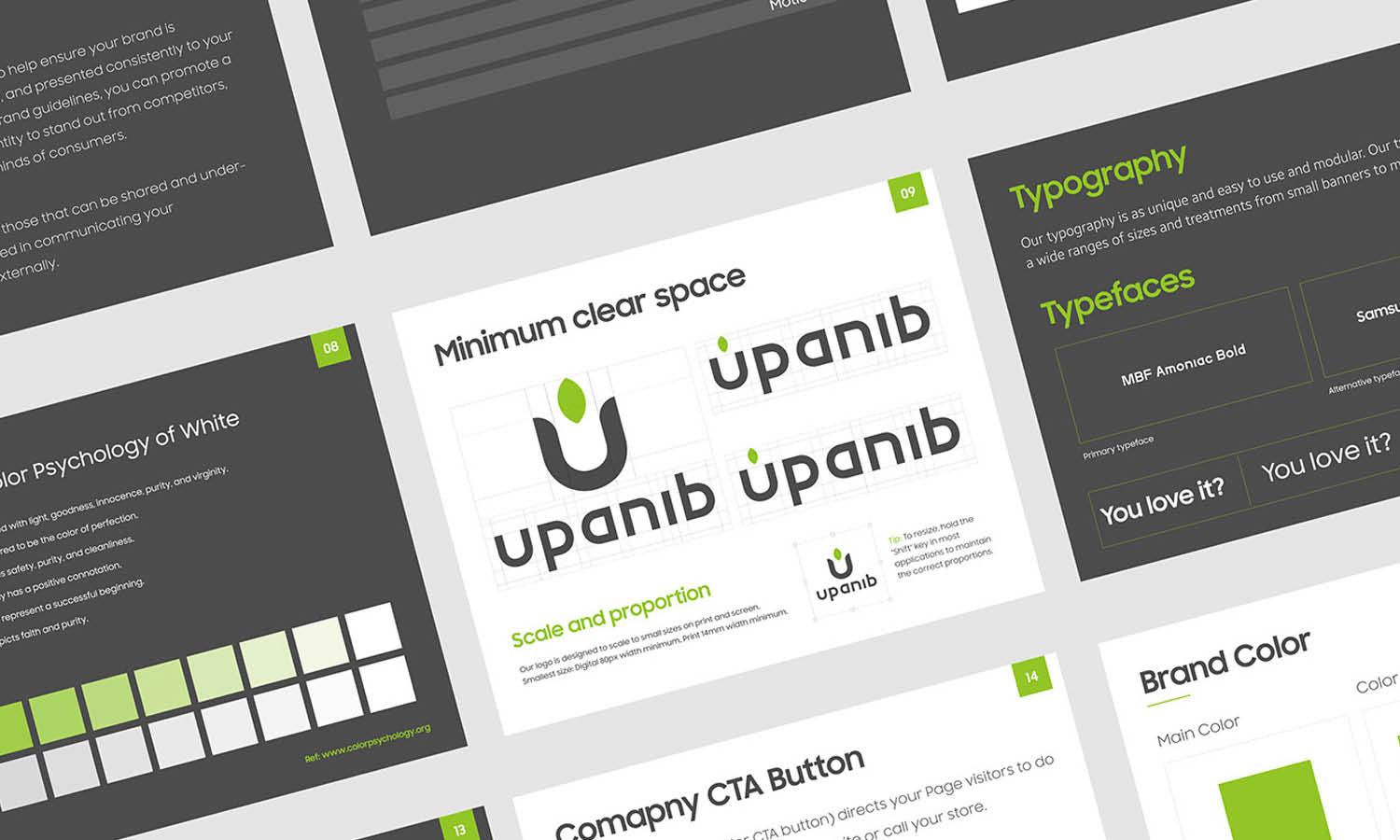
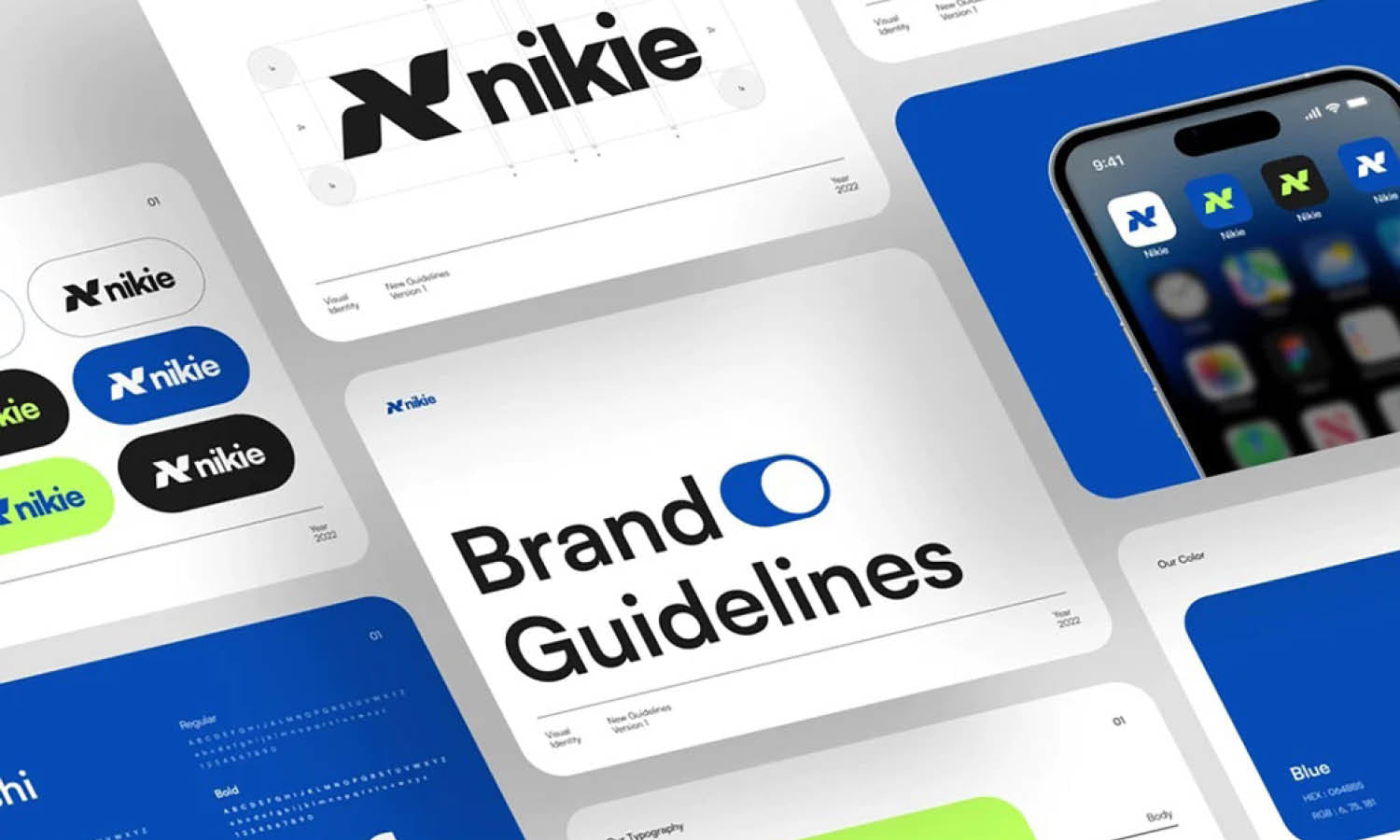
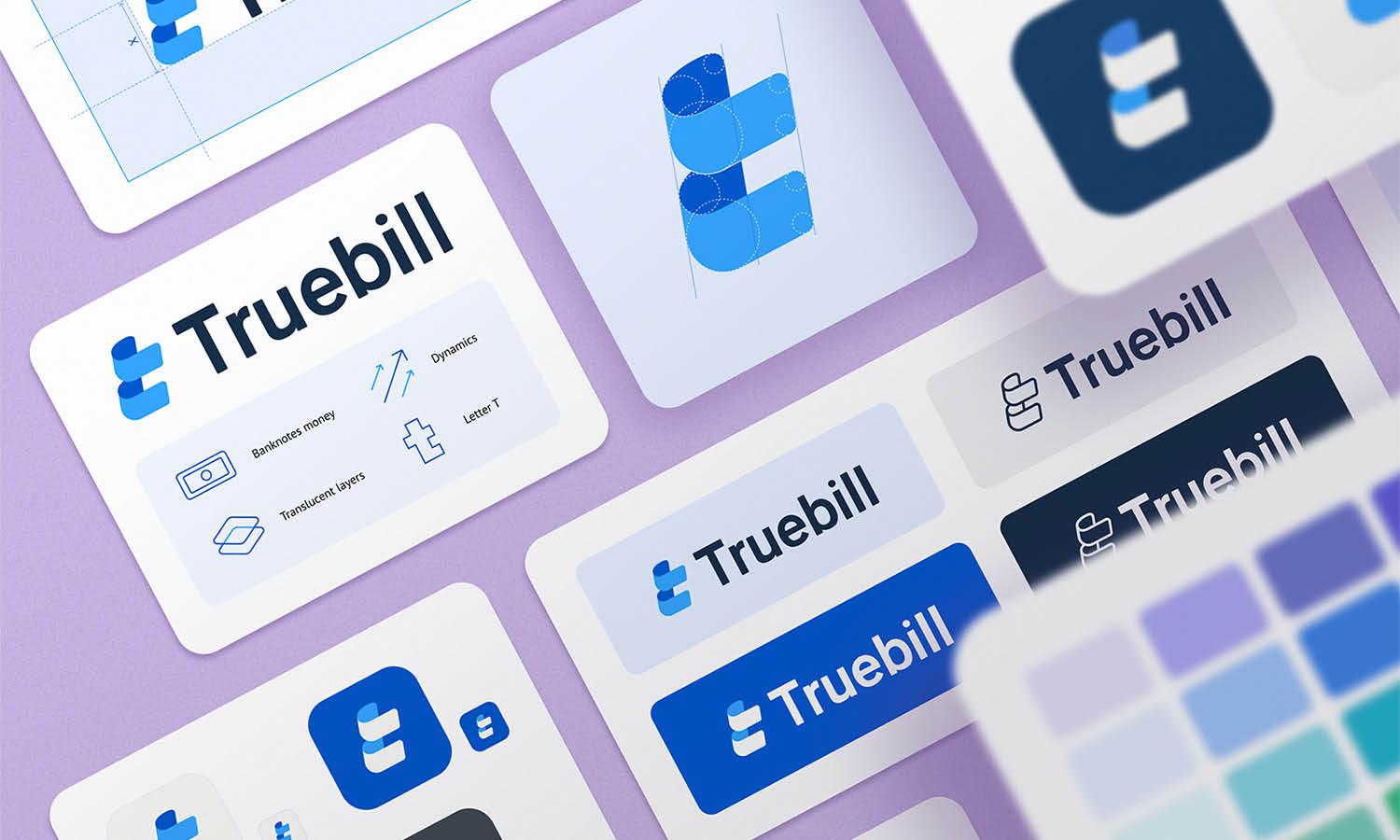
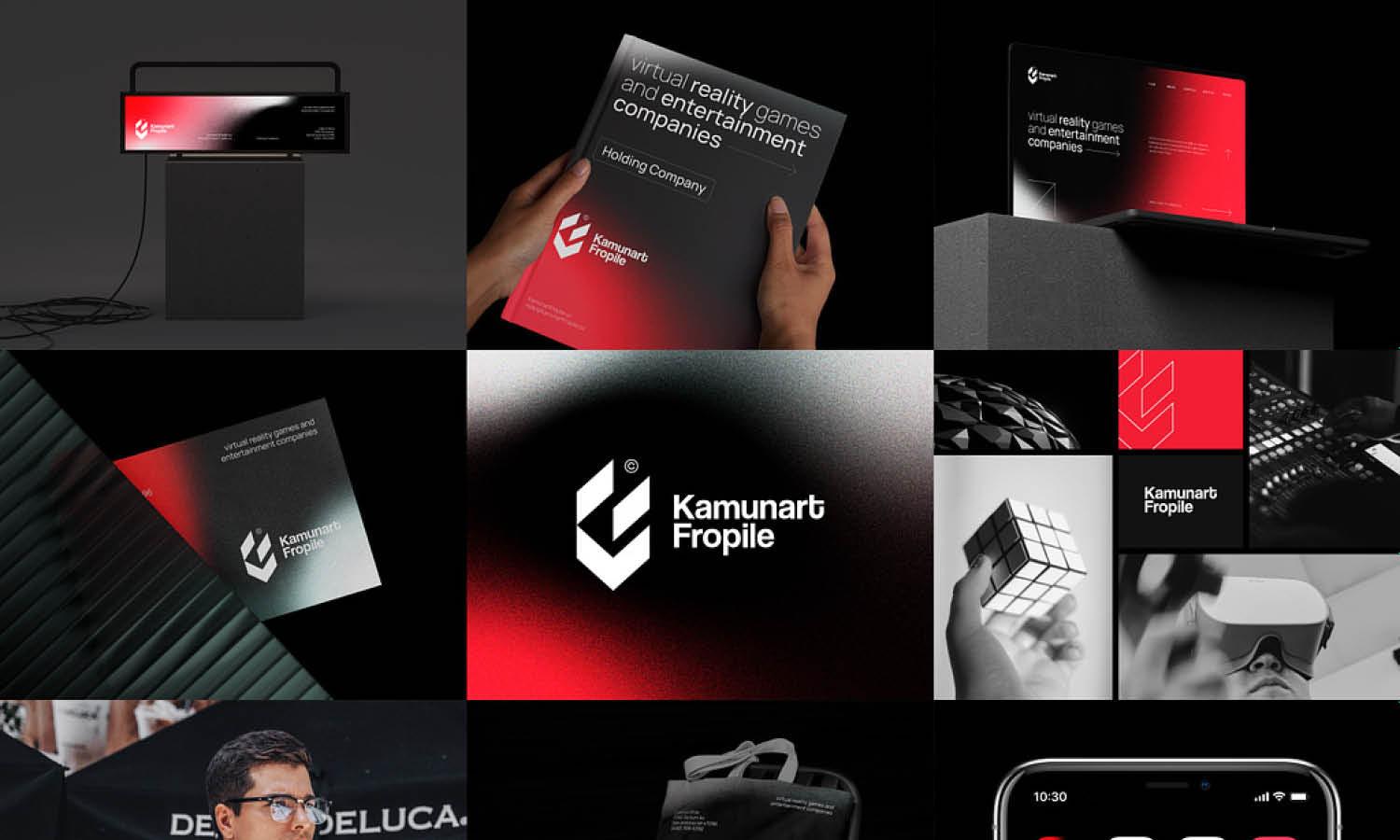


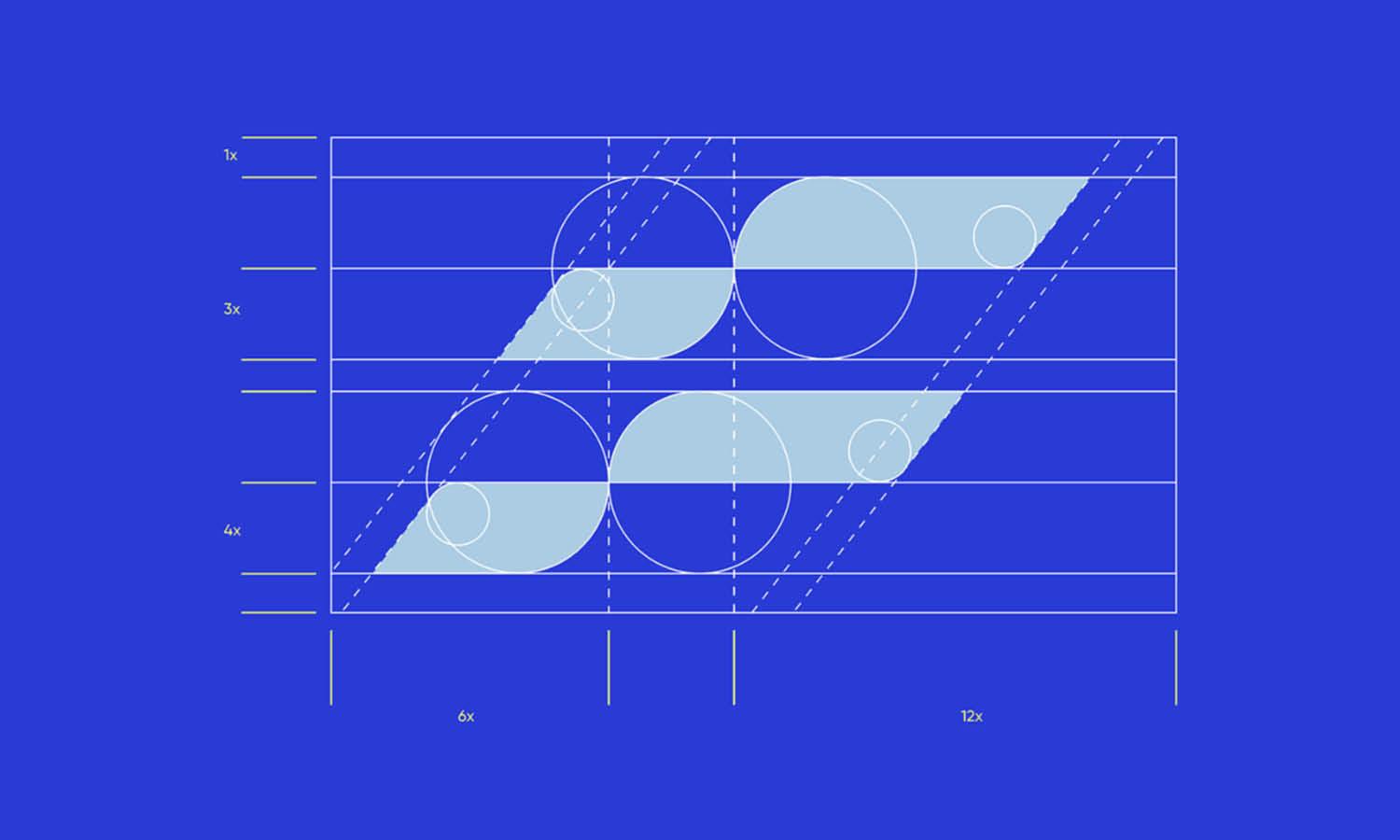
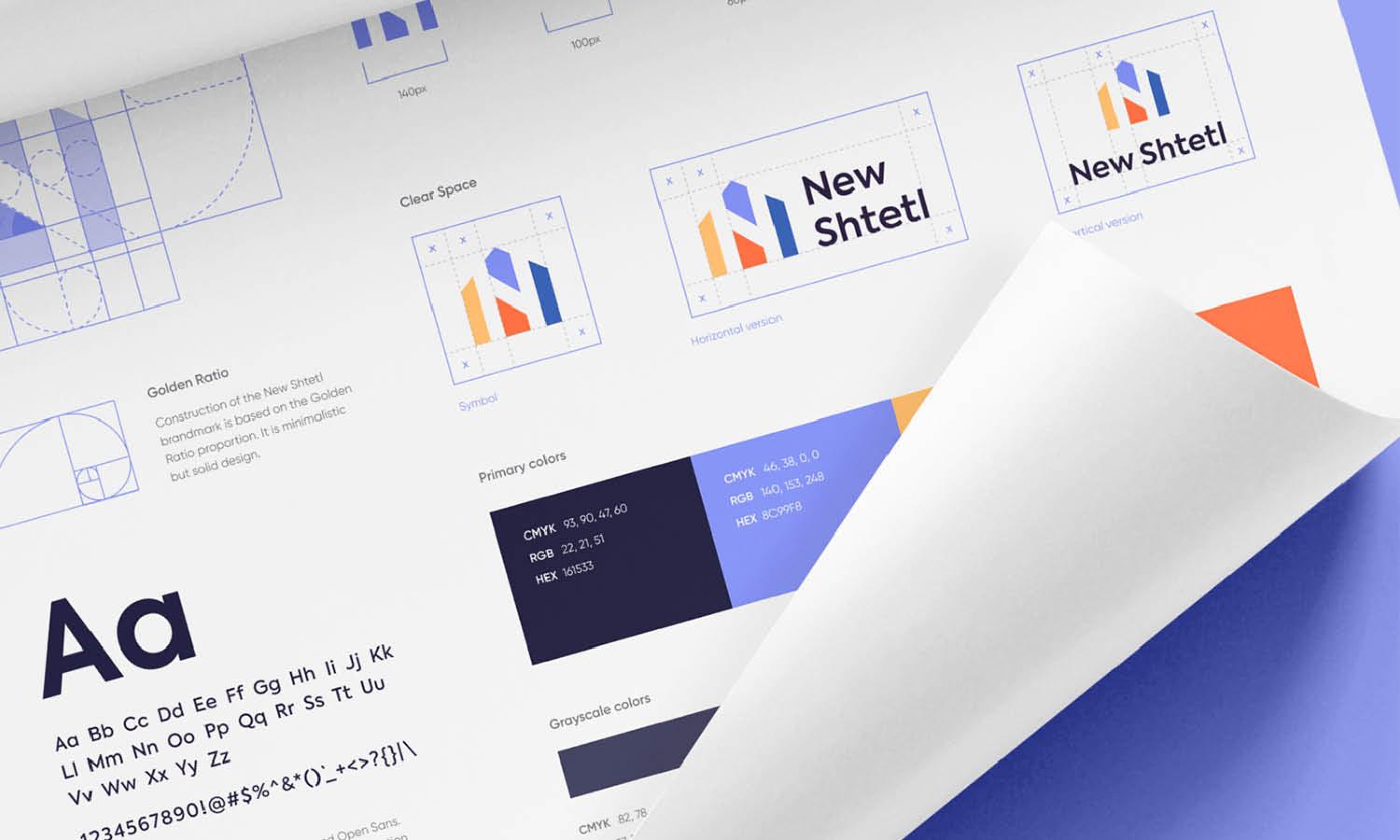







Leave a Comment